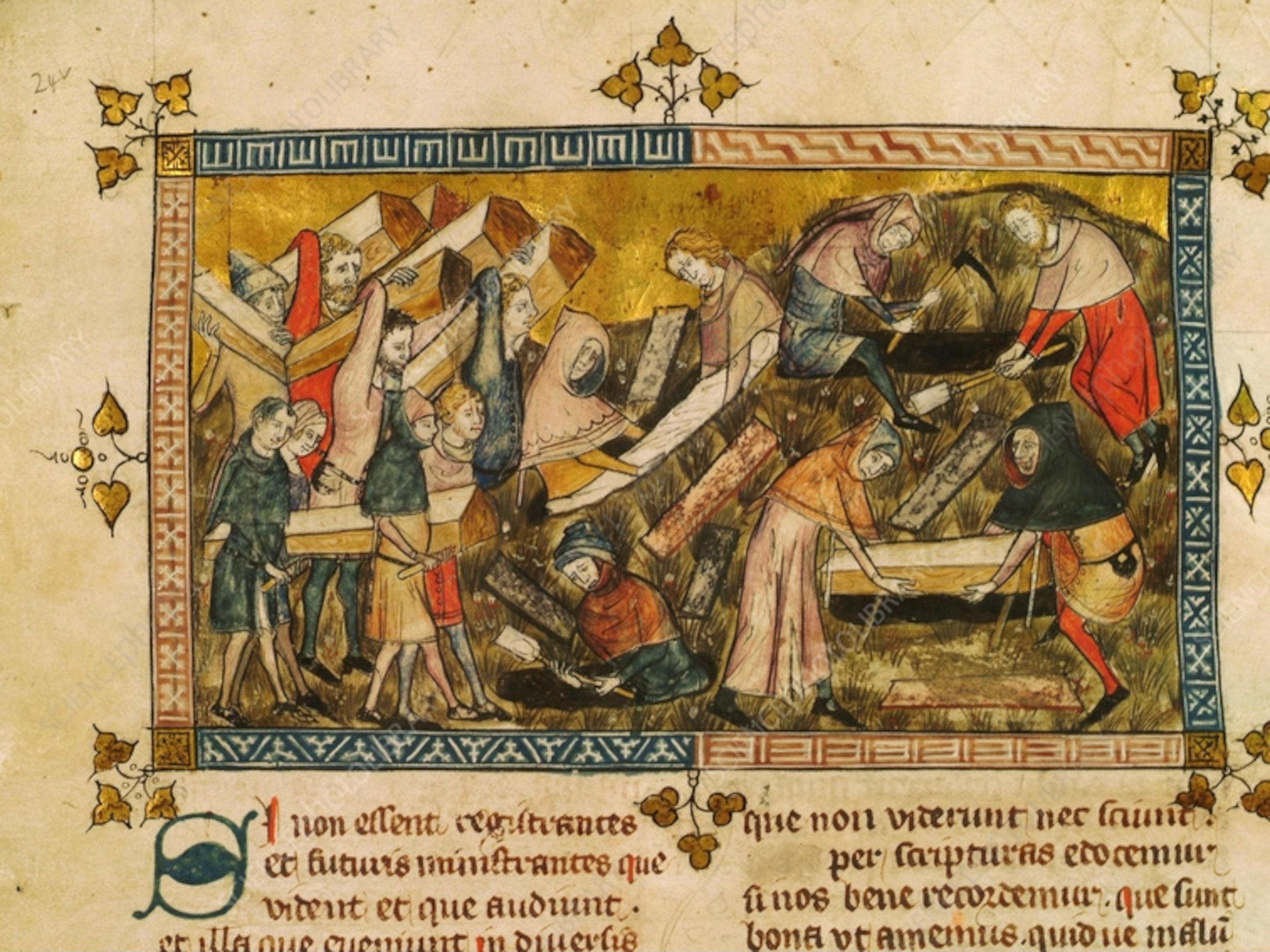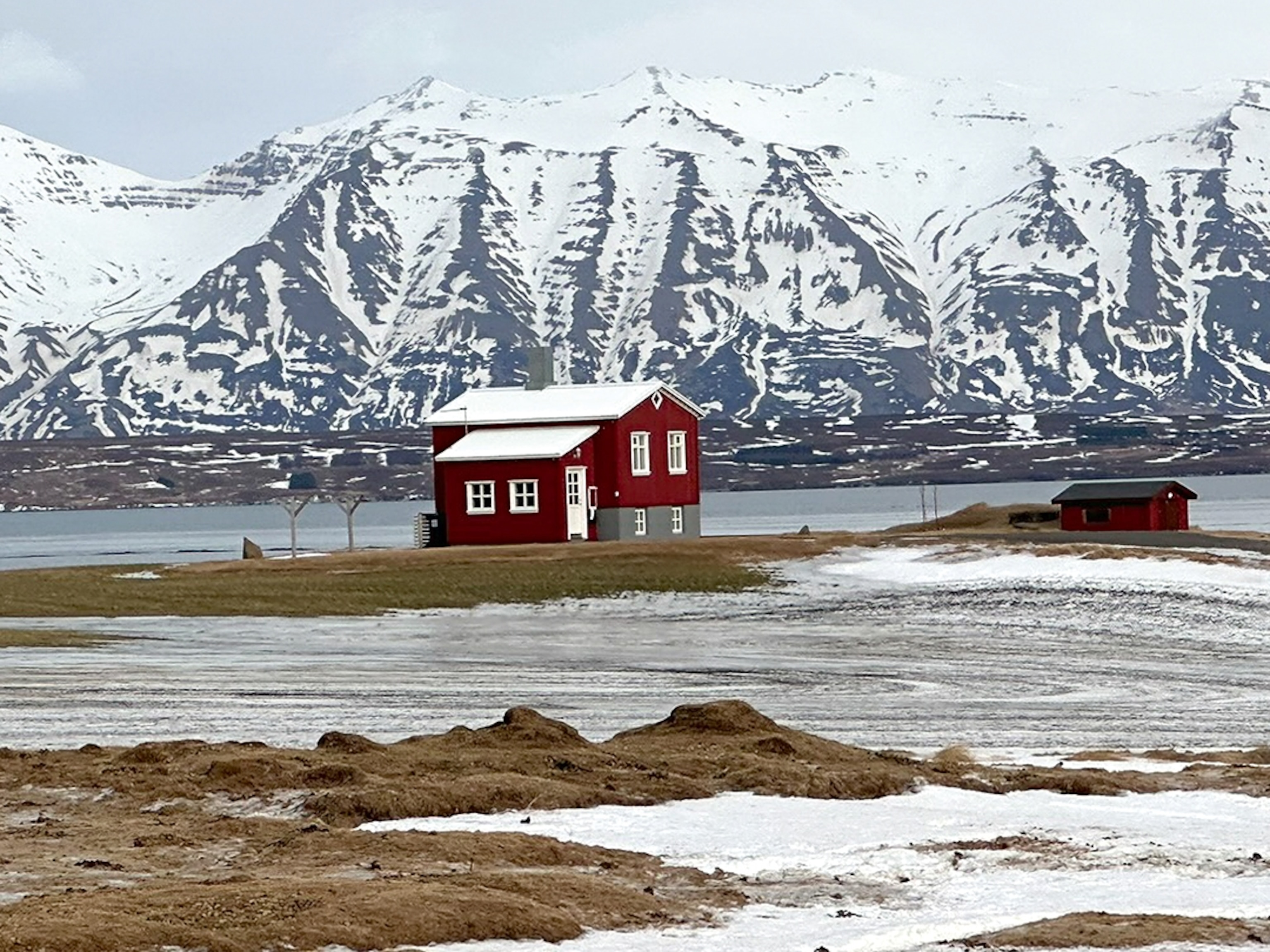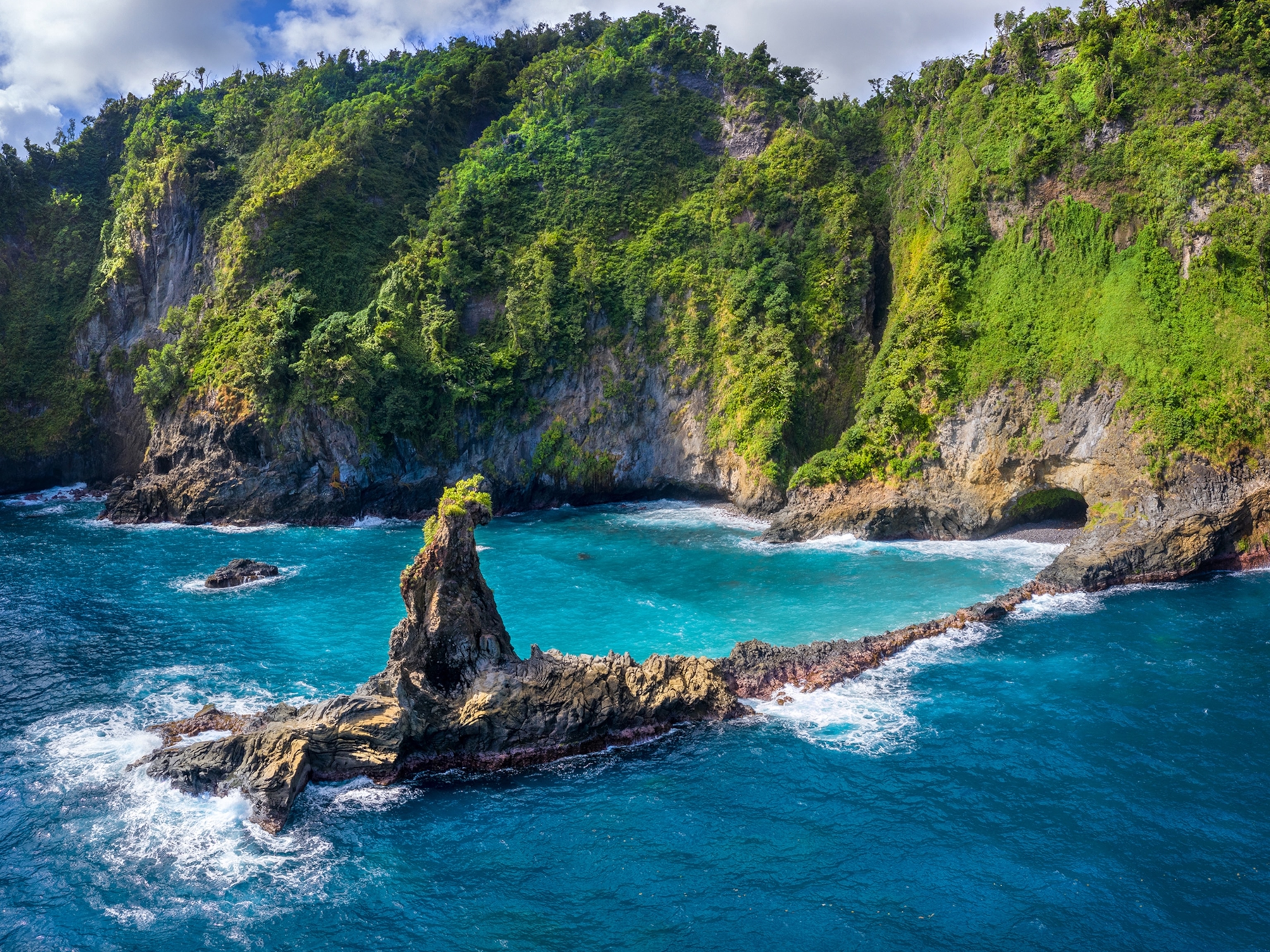
201 Years Ago, This Volcano Caused a Climate Catastrophe
Indonesia’s Tambora eruption brought on a deadly spate of cooling—presaging the costs that come with sudden changes to climate.
On April 10, 1815, Indonesia’s island of Sumbawa became ground zero for the worst volcanic eruption in modern times—and a chilling example of a widespread climate catastrophe.
The Tambora event was the largest volcanic eruption in the last millennium. On the U.S. Geological Survey’s Volcano Explosivity Index, Tambora scores a seven out of eight. That’s ten times bigger than the 1991 Mount Pinatubo eruption and a hundred times more powerful than the 1981 Mount St. Helens blast.

On the island, the immediate event killed at least 10,000 people and possibly more than 90,000, largely from exposure to the searing hot, toxic swells of gas and rock that came tumbling down the mountain, known as pyroclastic flows. But Tambora’s effects were felt even farther afield. The eruption injected about 100 megatons of sulfur aerosols into the stratosphere, a gaseous surge that eventually morphed into a global haze.
“People literally on the other side of the world [were] impacted,” says Liz Cottrell, director of the Smithsonian Institution’s Global Volcanism Program.
Initially, Tambora’s deadly haze created strange, spectacular sunsets that inspired artists the world over. But it also reflected back a fraction of incoming sunlight, cooling the Earth by half a degree Celsius—and wreaking havoc with regional climates for a harrowing three years.
“A half a degree is a pretty big change, when you think about how much energy you’re blocking,” says Ben Andrews, also of the Global Volcanism Program. “You’re setting up a lot of changes to climate.”
In the U.S., frosts and cold weather ravaged the New England growing season, prompting cries of a “year without a summer” and a migration into western states. Plunging temperatures broke the monsoon cycle in Asia, sending India into famine and triggering a cholera epidemic of unprecedented severity.
Summer cold snaps and crippling rains also destroyed Chinese farmers’ rice paddies, driving many to starvation, infanticide, and even child slavery, as 19th-century Chinese poet Li Yuyang noted at the time:
The cold wind blows in their faces,
The parents wipe their tears away.
But back home they cannot sleep
While the birds moan like old men in the night
Tragically, climate science was too young and information too slow for anyone to realize at the time what was unfolding: a climatic disaster that indirectly killed millions.
“I think of Tambora as the most recent and most drastic climate deterioration on human communities,” says environmental historian Gillen D’Arcy Wood of the University of Illinois at Urbana-Champaign. “It’s a study of human vulnerability.”
According to Cottrell, volcanic vulnerabilities persist today: The 2010 eruption of Iceland’s Eyjafjallajökull volcano essentially shut down European air travel, costing the global economy billions of dollars.
And Tambora still looms dangerously large over the people of Indonesia: “More than one million people live within 100 kilometers of Tambora today—and 100,000 live within 30 kilometers,” says Cottrell.
What’s more, one of Tambora’s greatest tragedies continues to unfold, says Cottrell. The poor and marginalized are disproportionately exposed to the risks that volcanoes pose yet are often ignored when disaster strikes.
“No one died in the Iceland volcano, and my phone did not stop ringing,” she recalls. “Yet there was an eruption in Indonesia later that year, where more than 300 people were killed and more than 1,000 were displaced.
“And my phone didn’t ring once.”
Follow Michael Greshko on Twitter.





